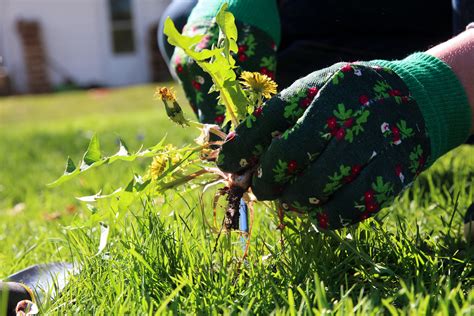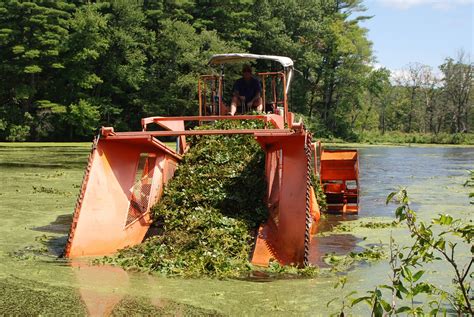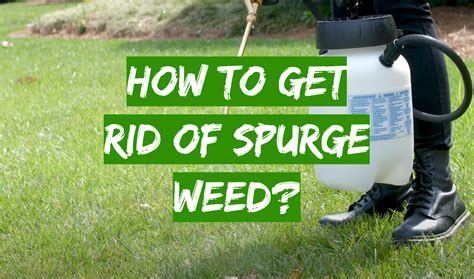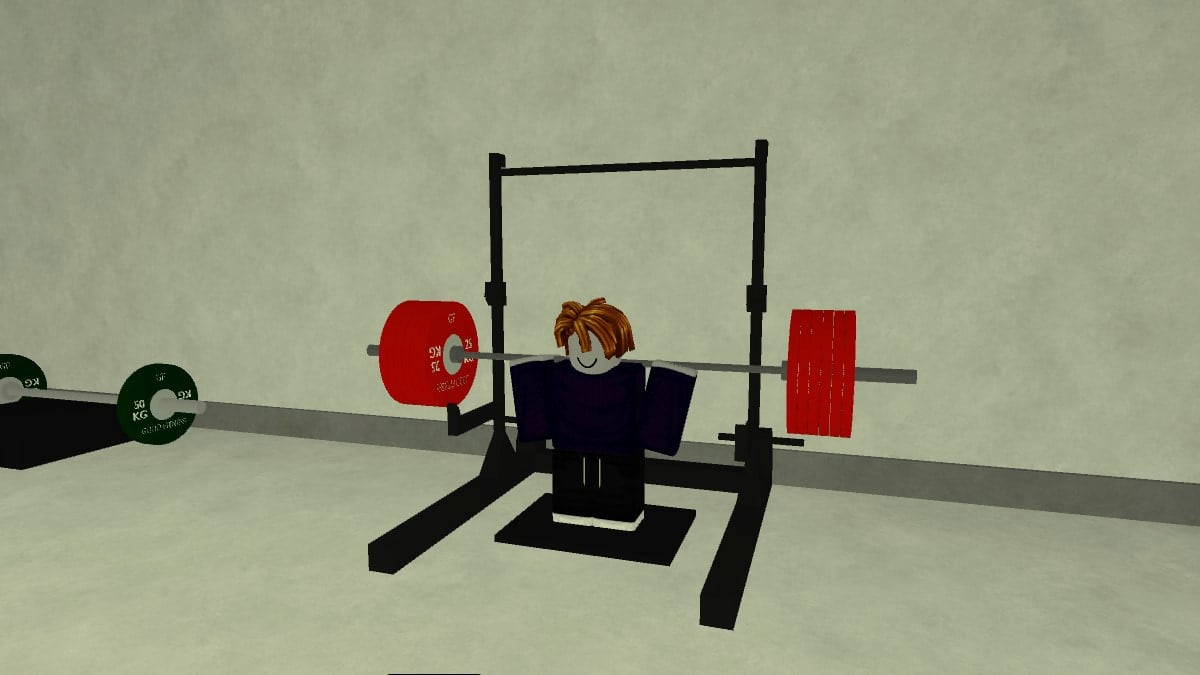Killer Weeds: Effective Methods For Total Removal

Killer weeds, also known as invasive weeds, are a significant threat to ecosystems, gardens, and agricultural fields worldwide. These aggressive plants can outcompete native vegetation, alter ecosystem processes, and cause significant economic losses. Effective removal of killer weeds is crucial to prevent their spread and mitigate their impacts. In this article, we will discuss the most effective methods for total removal of killer weeds, including physical, chemical, and biological control methods.
Understanding Killer Weeds

Killer weeds are plant species that have been introduced to an ecosystem where they do not naturally occur, often through human activity. They can spread quickly, producing large amounts of seeds, and can outcompete native vegetation for resources such as water, nutrients, and light. Some common examples of killer weeds include kudzu, Japanese stiltgrass, and autumn olive. These plants can cause significant economic and environmental damage, including reduced crop yields, increased soil erosion, and altered ecosystem processes.
Physical Control Methods
Physical control methods involve manually removing killer weeds through techniques such as hand-pulling, digging, or mowing. These methods are often effective for small infestations or in areas where chemical or biological control methods are not feasible. For example, hand-pulling can be an effective method for removing small patches of killer weeds, especially in areas with sensitive ecosystems. However, physical control methods can be labor-intensive and may not be effective for large infestations.
| Physical Control Method | Description | Efficacy |
|---|---|---|
| Hand-pulling | Manually removing killer weeds by pulling them out of the ground | High for small infestations, low for large infestations |
| Digging | Removing killer weeds by digging them up, including roots | High for small infestations, moderate for large infestations |
| Mowing | Cutting killer weeds to reduce their growth and prevent seed production | Moderate for small infestations, low for large infestations |

Chemical Control Methods

Chemical control methods involve using herbicides to kill killer weeds. These methods can be effective for large infestations or in areas where physical control methods are not feasible. However, chemical control methods can have negative environmental impacts, including contamination of soil and water, and harm to non-target species. Herbicides can be applied through various methods, including foliar spraying, basal bark treatment, or cut-stem treatment. It is essential to choose the right herbicide and follow the label instructions carefully to minimize environmental impacts.
Biological Control Methods
Biological control methods involve using living organisms, such as insects or pathogens, to control killer weeds. These methods can be effective for large infestations or in areas where chemical control methods are not feasible. For example, leaf beetles have been used to control kudzu in the southeastern United States. Biological control methods can be more environmentally friendly than chemical control methods, but they can also have unintended consequences, such as harm to non-target species.
- Benefits of biological control methods: environmentally friendly, targeted control, and long-term effectiveness
- Limitations of biological control methods: potential harm to non-target species, difficulty in finding effective biological control agents, and regulatory hurdles
Integrated Pest Management (IPM) Approach
An IPM approach involves combining multiple control methods, including physical, chemical, and biological control methods, to manage killer weeds effectively. This approach can help minimize environmental impacts, reduce costs, and increase the effectiveness of control efforts. For example, using hand-pulling in combination with herbicides can be an effective way to control killer weeds in small infestations. An IPM approach can also involve preventing the spread of killer weeds through measures such as seed cleaning and equipment sanitization.
| IPM Control Method | Description | Efficacy |
|---|---|---|
| Hand-pulling + herbicides | Combining hand-pulling with herbicides to control killer weeds | High for small infestations, moderate for large infestations |
| Biological control + physical control | Combining biological control with physical control methods to control killer weeds | Moderate for small infestations, high for large infestations |
| Prevention | Preventing the spread of killer weeds through measures such as seed cleaning and equipment sanitization | High for all infestations |
What are the most common types of killer weeds?
+The most common types of killer weeds include kudzu, Japanese stiltgrass, and autumn olive. These plants can cause significant economic and environmental damage, including reduced crop yields, increased soil erosion, and altered ecosystem processes.
What is the best method for removing killer weeds?
+The best method for removing killer weeds depends on the size and location of the infestation, as well as the type of weed. Physical control methods, such as hand-pulling and digging, can be effective for small infestations, while chemical control methods, such as herbicides, may be more effective for large infestations. Biological control methods, such as using insects or pathogens, can also be effective for large infestations.
How can I prevent the spread of killer weeds?
+Preventing the spread of killer weeds involves taking measures such as seed cleaning and equipment sanitization. It is also essential to be aware of the types of killer weeds that are present in your area and to take steps to prevent their spread, such as avoiding the introduction of invasive species and using native plants in landscaping.


